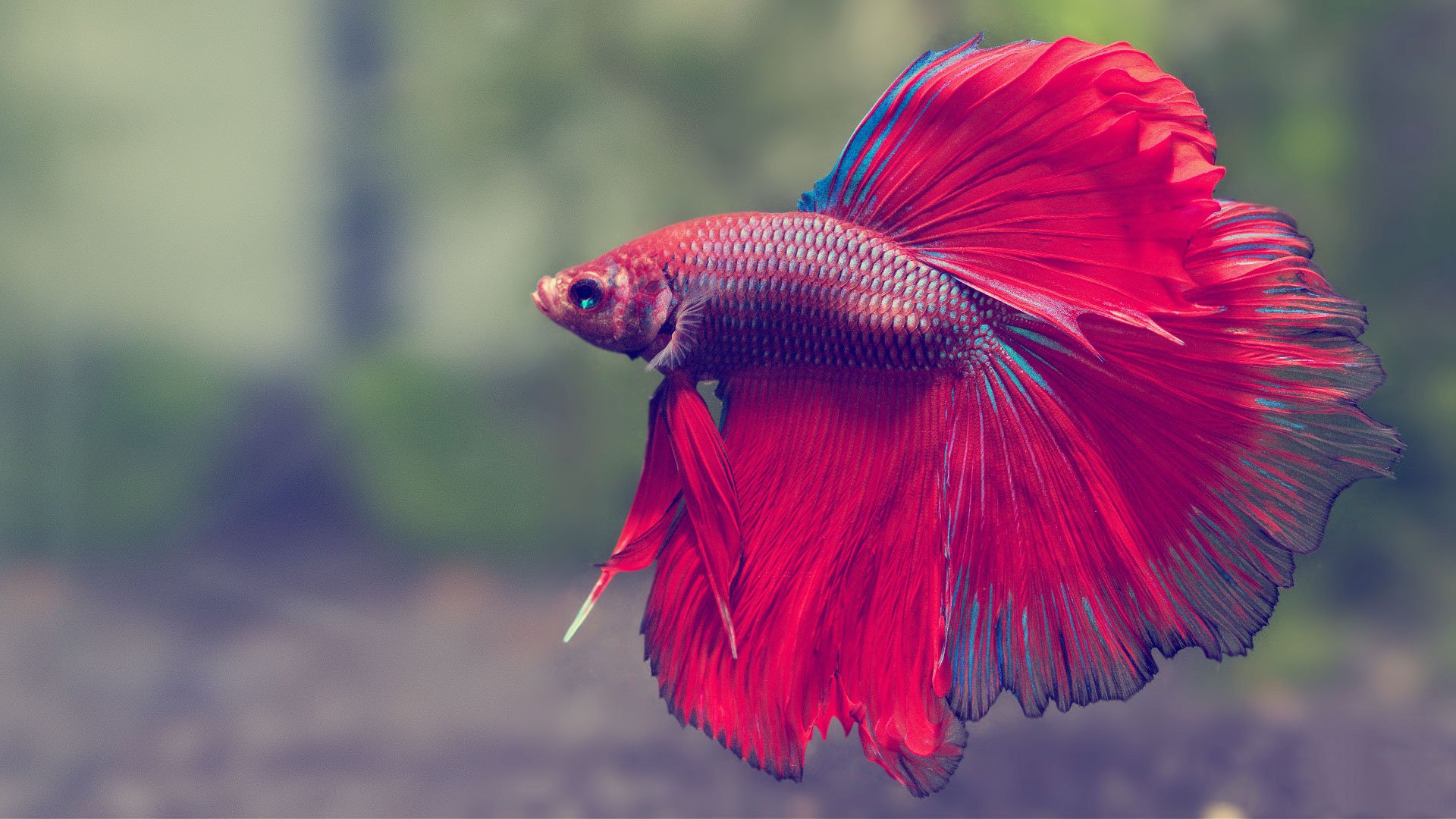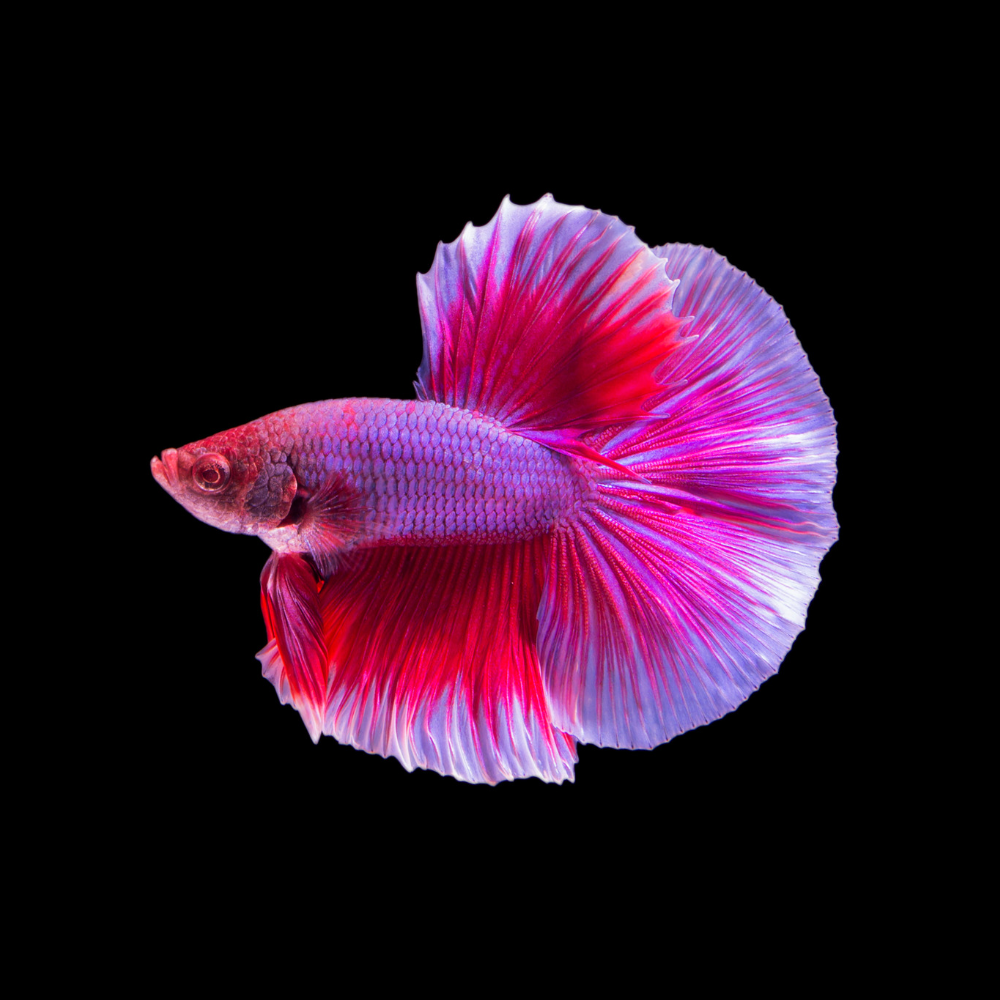Just how to Develop the Perfect Betta Fish Environment in your home
Reproducing Betta Fish: a Comprehensive Step-By-Step Guide to Efficiently Raising Baby Bettas From Eggs to The Adult Years
Reproducing Betta fish is a meticulous venture that calls for careful planning and execution to make sure the successful growth of fry from eggs to develop fish. As the male Betta vigilantly constructs a bubble nest and guards the precious eggs, the succeeding stages of treatment and shift need focus to information and expertise of finest methods.

Choosing Reproduction Pairs
When embarking on the journey of breeding Betta fish, choosing the appropriate reproduction pairs is important to achieving desirable traits and a healthy and balanced lineage - betta fish. The initial step in this process is to identify the specific traits you desire to enhance or maintain, such as color, fin type, and body form. It is important to select genetically diverse sets to stay clear of inbreeding, which can lead to health and wellness concerns and unfavorable characteristics
Assess potential breeding candidates thoroughly. A healthy and balanced male Betta must display dynamic colors, an active demeanor, and well-formed fins, while the female needs to additionally display lively coloration and a rounded stomach, suggesting readiness for spawning. Observing the personality of both fish is important, as hostile or excessively timid people might not reproduce effectively.
Documentation of family tree is similarly important. Maintaining records of the parent fish's ancestry can assist you track hereditary traits and possible problems. Additionally, seek advice from credible breeders or on-line sources for assistance on choosing compatible pairs. Inevitably, spending time in the choice procedure will considerably boost the likelihood of generating solid, vibrant offspring that fulfill your breeding objectives (betta fish).

Preparing the Breeding Tank
Producing an optimal breeding atmosphere is a vital action after selecting ideal sets for Betta fish. The reproduction storage tank should be especially developed to give convenience and stimulate the all-natural breeding behaviors of the fish. Start with a storage tank size of at the very least 10 gallons to make certain adequate area for both the man and women Bettas.
Keep a mild filtering system to maintain the water clean while avoiding strong currents that can emphasize the fish. Furthermore, an air stone can be contributed to provide oxygenation without disrupting the water surface area excessive.
Temperature level law is critical; aim for a steady series of 78-82 ° F(25-28 ° C) utilizing a dependable heater. The pH degree need to be preserved in between 6.5 and 7.5, and routine water modifications are required to ensure high water high quality.
Integrate floating plants or spawning sponges to produce hiding spots for the woman, while likewise encouraging bubble nest structure by the man - betta fish. Make certain the tank is cost-free from sharp decorations and any kind of potential dangers, as the welfare of the fish ought to always be prioritized during this essential stage of breeding.
The Reproduction Process
Commonly, the breeding process for Betta fish includes a series of unique and observable behaviors that show readiness for reproduction. The male Betta starts by developing a bubble nest at the water's surface area, which acts as a website for the fertilized eggs. This nest is important, as it gives a risk-free setting for the eggs up until they hatch.
When the nest is developed, the man will certainly present courtship actions, such as flaring his fins and exhibiting vibrant colors to bring in the woman. The lady, upon picking up the male's readiness, will certainly respond by displaying vertical red stripes along her body, indicating her receptiveness.
The fertilized eggs after that drop to the bubble nest, where the male thoroughly collects and returns them to the nest. Following this, the male presumes responsibility for safeguarding the nest and guaranteeing the safety and security of the eggs until they hatch out, generally within 24-36 hours.
Taking Care Of Betta Fry
Caring for Betta fry calls for careful focus to their setting and nourishment to guarantee healthy development and growth. After hatching, Betta fry are exceptionally tiny and susceptible, requiring web link a steady and tidy habitat. Maintaining a water temperature between 78 ° F and 80 ° F is critical, as Betta fry prosper in cozy problems. In addition, ensure that the water is without hazardous contaminants; routine water adjustments of 10-20% are advised to maintain optimal water quality.
Feeding Betta fry is equally important. Feed them tiny amounts several times a day, being careful not to overfeed, which can lead to water high quality issues.
Transitioning to Grownup Bettas
As Betta fry mature, transitioning them to grown-up Bettas is an important phase that needs mindful monitoring of their environment and social communications. This process usually starts when the fry reach around 6 weeks old, whereupon they can be slowly introduced to a much more structured living environment.
To facilitate this shift, it is vital to guarantee that the water specifications-- such as temperature level, pH, and ammonia levels-- are optimum and steady. Adult Betta fish grow in cozy water (around 78-80 ° F) with a pH of 6.5 to 7.5. Gradually adapt the fry to these conditions to lessen tension.
Social communications are another vital element; male Bettas are notoriously territorial and hostile. Consequently, it is advisable to different men into private storage tanks as they grow. Women Bettas can be housed with each other, however care should be required to check for signs of hostility.
In addition, nutritional adjustments ought to be made as the fry expand. Integrate high-grade pellets and live foods to sustain their growth and health. By taking care of these aspects properly, you can advertise a successful shift to their adult years for your Betta fish.

Conclusion
Effective breeding of Betta fish requires mindful interest to detail throughout the entire procedure, from picking genetically varied pairs to offering ideal care for fry. By making sure appropriate browse this site reproduction conditions and maintaining water high quality, the probability of healthy spawn raises significantly. Furthermore, a balanced diet and gradual adjustment to grown-up atmospheres are important for the growth and growth of Betta fish. imp source Following these actions faithfully promotes a prospering population of Betta fish, enhancing both their health and wellness and vigor.